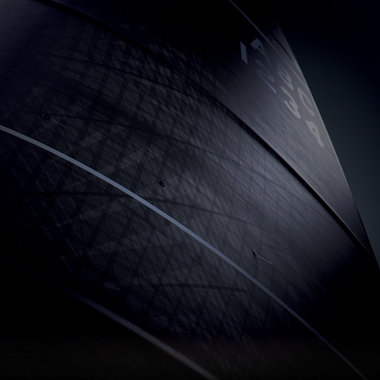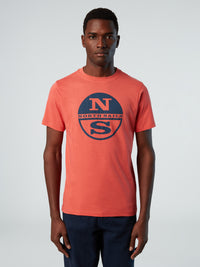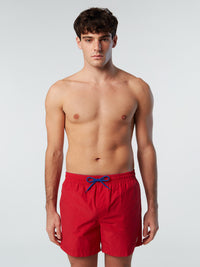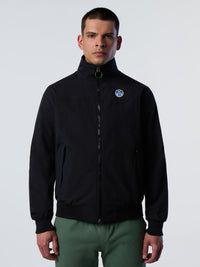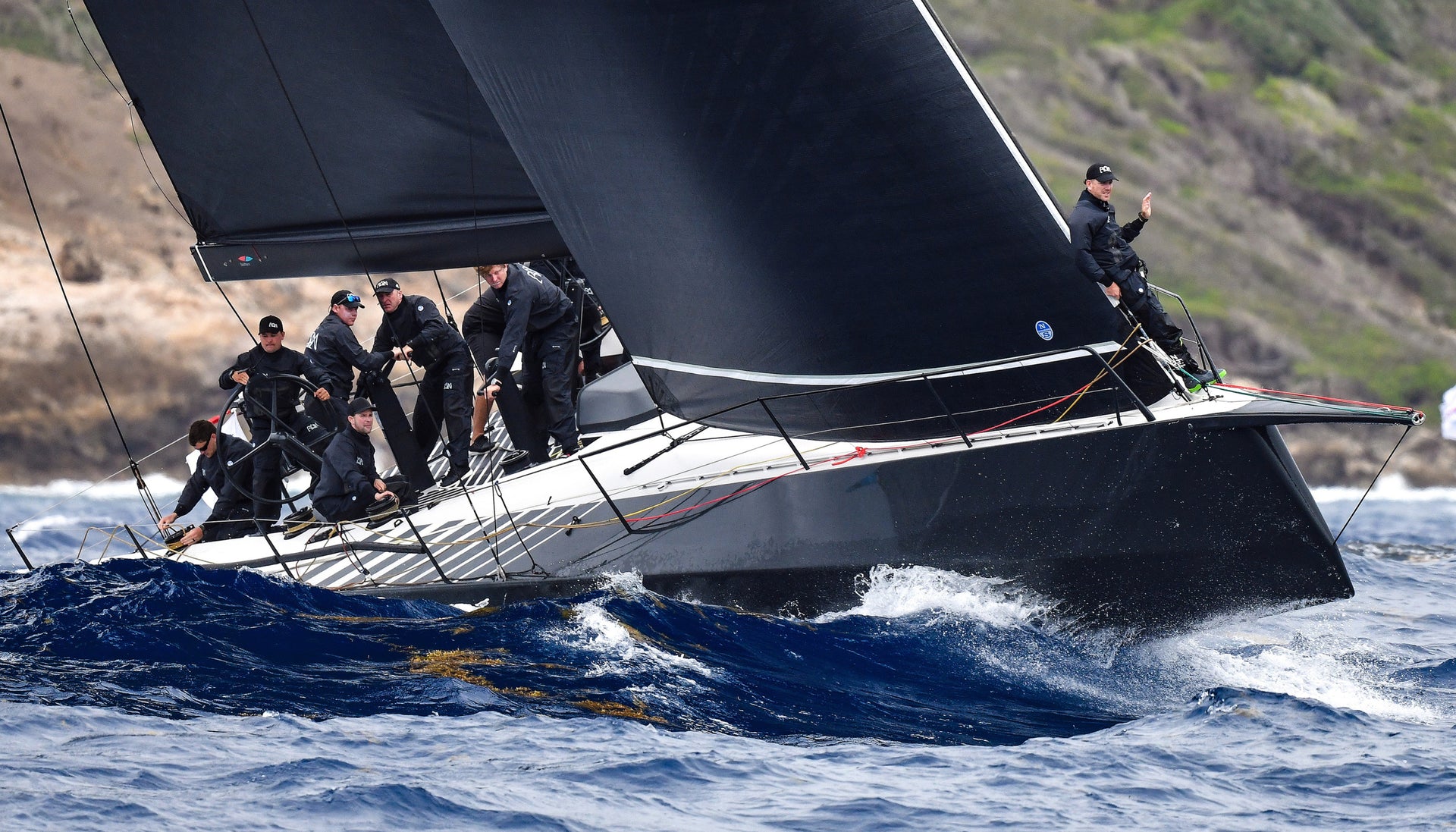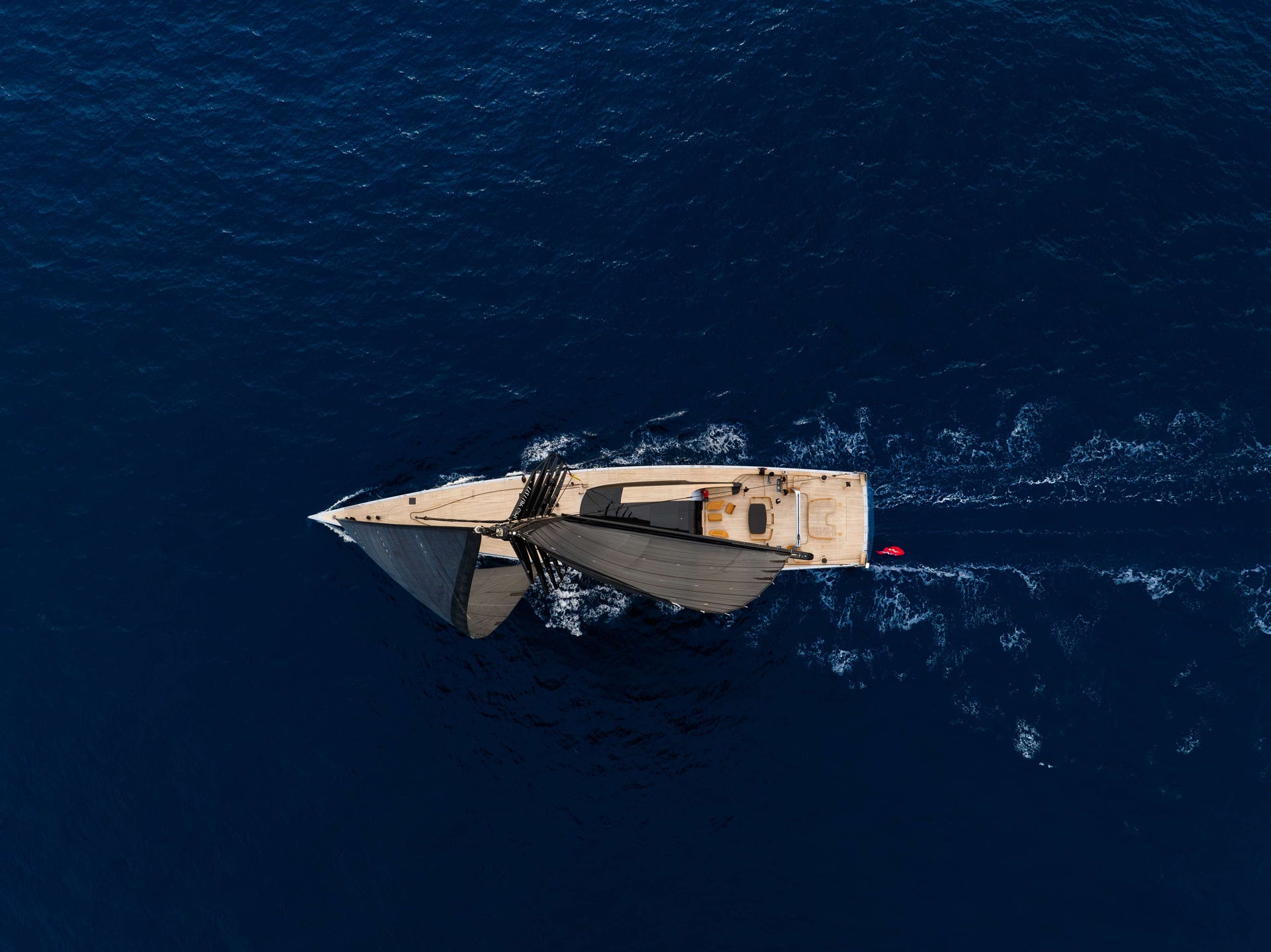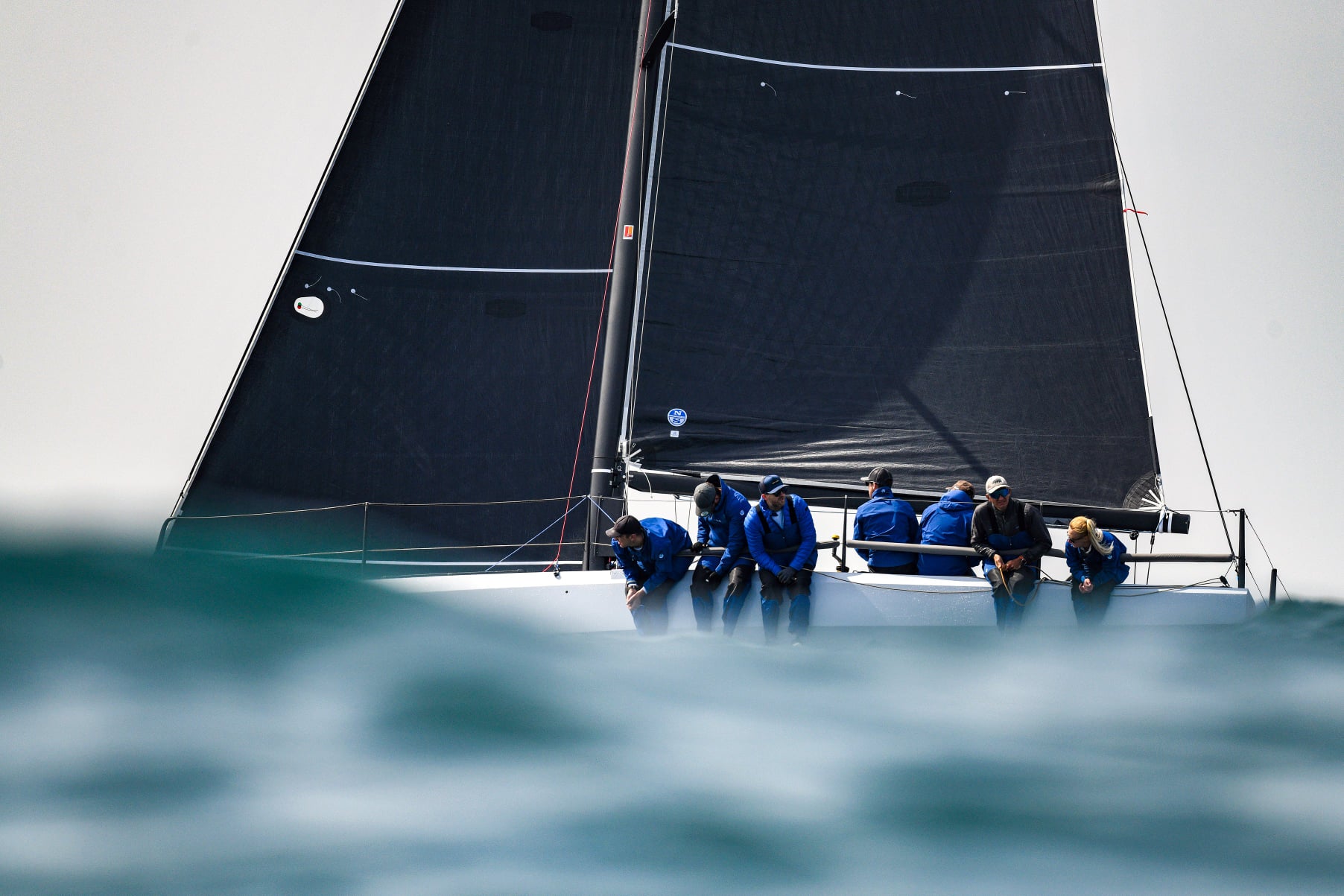NORTH SAILS EXPERT VIEW ON 2024 IRC UPDATES
A Quick Look at What's New in 2024
Three points to consider when optimizing your rating with sail selection- Number of headsails on board will affect your rating
- Rule update allows us to make a flatter ‘Flying Sail’
- Make the most of the chance to possess two rating certificates

- The total number of headsails you take racing will be written on your IRC certificate and your rating will change accordingly.
Similar to how you are rated for the number of spinnakers on board, the same will now apply to the number of headsails you opt for. In most cases, an extra jib will equate to one extra point to your rating, however, this does exclude the storm jib and heavy weather jib. We will design these sails for their primary purpose before considering a secondary staysail option for safety.
This increases the competitive advantage of our Helix Upwind sails. Helix technology is proven to widen the range a sail can be effective, therefore minimizing the number of sails needed. Helix Structured Luff allows the sail to fly both fuller and flatter than a traditionally designed sail through luff tension either by the halyard or a cunningham. The larger the wind range of a sail, the fewer sails that need to be bought or brought aboard. Fewer sails in inventory make it easier for your crew to choose which sail to use and ultimately result in a better rating.

- Flying headsails are not included in your overall headsail number, and are rated separately from your jib and spinnaker.
Flying headsails are free-flying, tacked in front of the forestay, and are excellent for fast reaching offshore or searching for wind during a shutdown. If this sail type fits into the type of racing you do, a reduction in the minimum required half width from 62.5% to 60% means we can design a flatter sail, allowing you to point closer to the wind and reduce the drag. It could be worth carrying this extra sail to avoid forcing the traditional code zero too high with its 75% mid-girth rule and extra leech length. A surprisingly versatile sail that is often overlooked, our experts are happy to discuss if the option is right for you and your boat.

📸 James Tomlinson
- Take advantage of the opportunity to secure dual rating certificates.
Although the ability to have two IRC rating certificates for your boat was implemented in 2023, it becomes more important in 2024 with the new headsail rule. This is especially important if you’re racing multiple events throughout the year as you could rate less on a second certificate for inshore racing carrying fewer headsails and spinnakers. If a regatta allows you to change your sails each day of the event, you could rate with even fewer sails. As we all know losing a couple of points off your rating could put you on the right side of those narrow corrected time margins. Every point makes a difference so take advantage of the opportunity afforded with a second certificate.
Optimizing your IRC rating for your specific boat is no simple task. If you find yourself unsure about the ideal sail inventory, we strongly recommend reaching out to our experienced team of experts today. Our goal is to assist you in maximizing the performance of your boat, enhancing your overall experience on the water, and securing a spot on the podium in 2024.
Contact your local loft for more information.
IRC Document References:IRC Rule Changes for 2024
IRC Notice 2023-01

